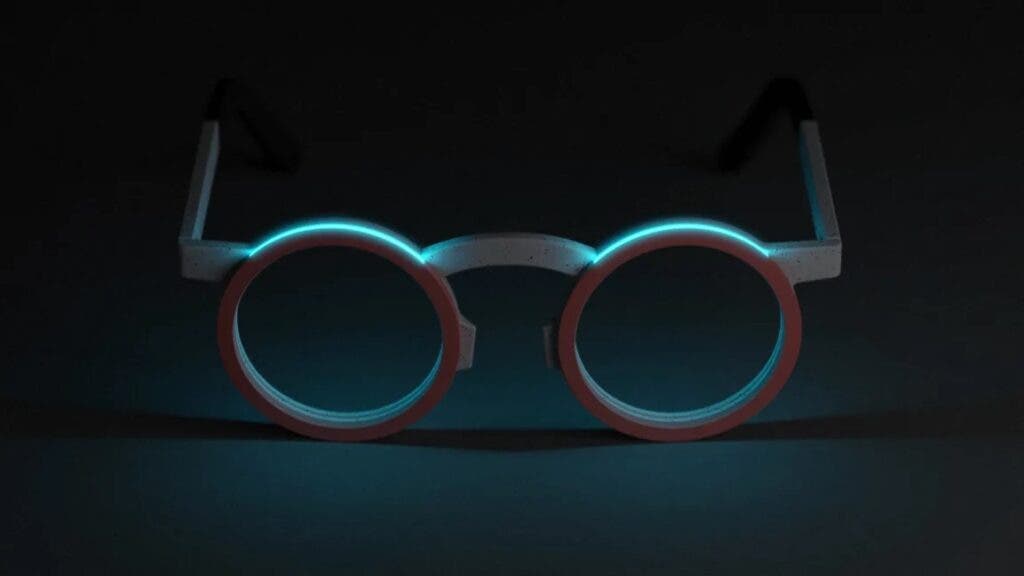
More and more people across the world are becoming nearsighted and at a younger age than ever. By 2050, almost half of the world’s population could have myopia, according to one estimate.
Too much screen time is, of course, part of the explanation for this concerning development. But scientists stress there’s another contributing problem that isn’t talked about nearly enough: spending too much time indoors with not enough sunlight hitting the retina.
In an effort to stave off the mass onset of myopia, which seems inevitable given current projections, an industrial designer and a former NASA scientist have teamed up to create special glasses that help the eyes develop properly.
These glasses have no lenses. But unlike the glorified hipster frames that some fashionable people wear, these glasses are coated with a special fluorescent resin that charges from sunlight and glows at precisely 480 nanometers — this is the exact frequency of light that triggers the production of retinal dopamine, a key neurotransmitter for eye health.
Just one minute of exposure to sunlight is enough to charge the glasses for 25 minutes, and experiencing the right wavelength of light just twice a day may be enough to protect against myopia due to sunlight deprivation.
“Our technology is purely passive. You don’t have to charge the thing,” Todd Bracher of Betterlab, the designer behind this prototype, told Fast Company. “It’s basically glow-in-the-dark.”
“If you’re in a dark room, you’ll see a glowing effect that’s really cool,” he added. “We wanted to destigmatize [myopia treatment], where there are a lot of Coke bottle glasses. We thought these would be more fun.”
The photoluminescent pigment used to coat the glasses is mixed with the resin used to make the frames, so it doesn’t scratch away like paint. In parallel, Bracher is also working on another pair of glasses that similarly uses principles of light-activated biology to promote better sleep. These glasses are meant to filter out the proper wavelengths of light at just the right time in order to reset your circadian rhythm for optimal performance.
Both products are pending patents and have yet to be verified by a third party, so they’re not exactly proven to work. But the idea is definitely worth pursuing, in light of the increasing prevalence of nearsightedness, a condition that occurs when the eye grows too long from front to back, causing images to be focused at a point in front of the retina instead of on the retina itself. As a result, people with nearsightedness, or myopia, have good near vision but see poorly at a distance.
About 41.6% of Americans are nearsighted, up from 25 percent in 1971 — and it could get much worse. In the developed countries of East and Southeast Asia, the prevalence has now reached 80% to 90% among children with 12 years of school.
While myopia is generally easily correctable, the condition increases the risk of retinal detachment, glaucoma, cataract, and even blindness.



